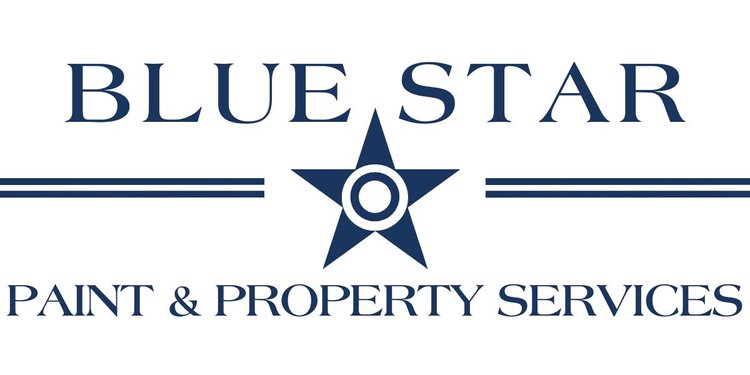From cabinet color, flooring material, countertops, and backsplash, there are so many decisions to make during a kitchen remodel. The type of cabinet panel you choose is another decision to be made. There are three types of panels that you can choose from, partial overlay, full overlay or inset. Keep reading to see what the difference between each panel is and what makes them different from one another.
Photo: Jamie Horton Photography
Photo: Jamie Horton Photography
A partial overlay panel is the cheapest panel type. Partial overlay panels sit on the front of the cabinet with gaps between the doors. The gap is often one inch between each door and is the most traditional looking panel. Going with a partial overlay provides the best option for a tight budget project. Another benefit of partial overlay panels is that it provides a little bit more storage than inset panels because the door is outside of the cabinet.
Photo: Jamie Horton Photography
Photo: Jamie Horton Photography
Full overlay panels are a similar concept to partial overlay panels, but the doors sit flush to each other rather than a one inch gap between the doors. A full overlay looks more similar to inset panels since there is no gap between the doors. This provides a more high end look compared to the partial overlay.
Since the doors sitting flush next to each other, the making of these cabinets is slightly more precise than partial overlay giving them a slightly higher price tag. This panel type gives the look of inset panels with the additional storage space of partial overlay panels.
Photo: Jamie Horton Photography
Photo: Erica Hufnell Photography
The highest-end panel option is inset. With this panel option being the highest-end available, it is also the most expensive option. Creating inset cabinet door and drawer panels is a more precise process than creating partial and full overlay panels because the panel sits within the face of the cabinet.
This style cabinet creates cleaner lines with it being flush in the cabinet face and all hinges are hidden inside the cabinet. Inset panels create a more custom overall appearance to a space rather than either type of overlay panel. One downside of inset panels is the potential presence of gaps between the panel and cabinet frame. This gap is hidden when overlay panels are used because of the overlap on top of the cabinet frame.
No matter what panel option you choose for your project, the end result will look incredible! These options are not limited just to kitchens. All three panel options can be utilized in bathroom projects or when adding custom built-ins to any room in your home.








